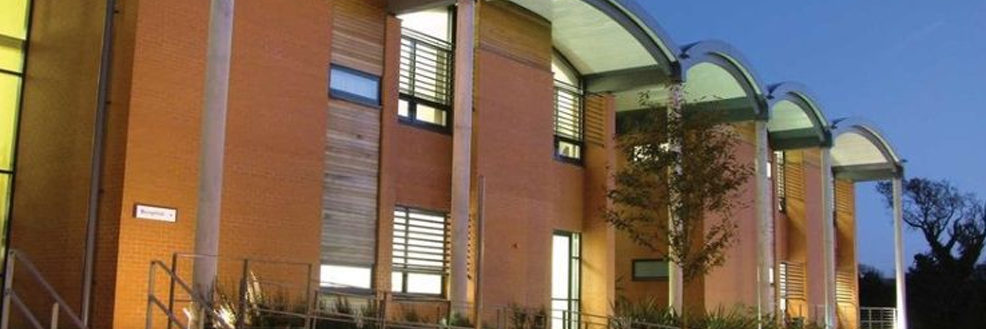
Alvaro Quintero Casillas, who is currently taking the Masters in Corruption & Governance at the Centre for the Study of Corruption, looks at the UK’s options for public procurement reform post-Brexit, drawing on models from South Korea and Ukraine to conclude that the UK government has an unusual opportunity both to save money and make economic and social gains – if it creates a fair and transparent system.
Whether you agree with the idea or not, the United Kingdom is no longer a member of the European Union. According to the withdrawal agreement, the United Kingdom entered into a transition period that ends on December 2020 where the European directives on procurement will no longer apply. This leaves us with a question: what kind of regulations should the United Kingdom implement regarding public procurement, especially for the control of corruption?
Due to its economic size, public procurement is an area with inherent risks of corruption. According to the Organisation for Economic Co-operation and Development (OECD), public procurement represents almost 32% of UK’s government expenditure, slightly above the OECD’s average. And we are not just talking about the purchase of paper and pens for the government: key elements such as the purchase of medicines for the NHS, the catering for schools, key infrastructure projects and the supplies for the defence sector are obtained through public procurement.
We might usually think that risks of corruption in procurement are an issue for developing countries, where official moguls – using Michael Johnston’s terminology – abuse the procurement procedures in order to enrich themselves, benefit their cronies or create patronage networks to be kept in power. However, in a paper from 2019, Adam Graycar found that around one quarter of the investigations of the New South Wales (Australia) Independent Commission Against Corruption were related to procurement. We do not have to look to the other side of the world to find evidence of corruption risks in public procurement: research from Elizabeth David-Barrett and Mihály Fazekas found that in the United Kingdom around 10% of the procurement market is associated with partisan favouritism.
The UK does have the simple option of abiding by the General Procurement Agreement (GPA) of the World Trade Organization. However, the GPA standards are looser than those of the EU, as they do not even make mandatory the use of electronic procurement systems (e-procurement). Acknowledging the relevance of public procurement in the United Kingdom, as well as the risks of corruption in this activity, it is important to look for good practice that could be replicated. South Korea (KONEPS) and Ukraine (ProZorro) are two countries with interesting experiences in e-procurement that could provide a model for the UK.
In 1997, the Public Procurement Service of South Korea launched the KONEPS (Korea ON-line E-Procurement System), as a way to deliver efficiency and reduce corruption in the procurement processes of that country. Before its implementation, it was common to find collusion in the South Korean procurement processes, where the big conglomerates that formed during Korean’s industrialisation monopolized the contracts with the government, limiting the participation of small and medium enterprises, as noted by Jesse W. Campbell.
As a result, KONEPS created a more competitive environment, with an easier way to oversee the whole procurement process. The use of big data regarding public procurement allows easier audit, as well as establishing objective “red flags” of cases to examine in depth. The Korean Fair-Trade Commission’s Bid Rigging Indicator Analysis System (BRIAS) uses the information provided by KONEPS to assess the tenders and detect malpractice. Each month, BRIAS draws information regarding bidding prices, number of participants in each process and the method of competition employed to generate a bid-rigging likelihood score, allowing a better allocation of resources to audit those processes with higher chance of corruption.
This comprehensive e-procurement system has raised the trust in the procurement processes in South Korea: an integrity assessment conducted by South Korea’s Anti-corruption and Civil Rights Commission found that the integrity perception index score of the public procurement agency had increased from 6.8 to 8.5 out of 10 since the establishment of KONEPS. This system has been so successful that the OECD now cites it as an example of a good practice on public procurement.
Ukraine’s e-procurement platform ProZorro is a relatively new story. After the 2014 revolution, a multi-stakeholder group composed of government officials, Ukrainian volunteers, Transparency International and the Open Contracting Partnership gathered to discuss what an ideal procurement platform would look like. In less than two years, this developed the procurement platform that later became officially accepted by the Ukrainian government as part of the new procurement law of 2017. Its outcome has been impressive: it has increased the average number of bidding competitors and this has enabled savings of around 20% in each tender.
The United Kingdom has around eight months to re-think its procurement rules. It has already convened a specialist advisory panel to advise on the changes, and promises a public consultation before the changes are made. This is a big opportunity to have a world-class system, which saves costs for the public purse, is demonstrably transparent and fair, reduces corruption risk and also promotes economic, social and environmental well-being. That is an achievable objective, as suggested in a report by Demos last October. Implementing a new electronic system that follows the good practice found in South Korea and Ukraine might allow the United Kingdom to save tens, even hundreds, of millions of pounds and improve the procurement market, with more actors and fairer rules. Brexit is already here, and reforming public procurement is a chance for the UK government to demonstrate there is an upside – for both the economy and society.


Leave a Reply